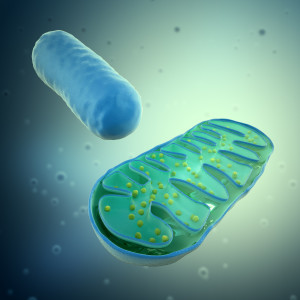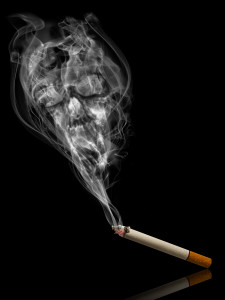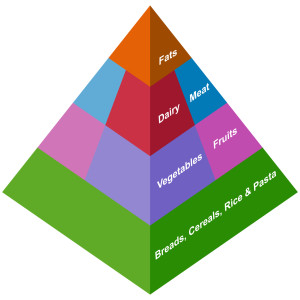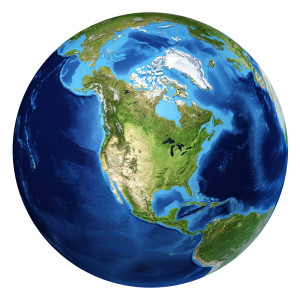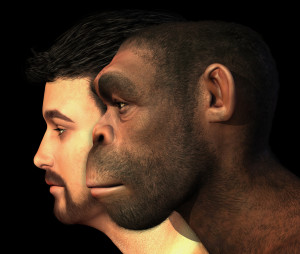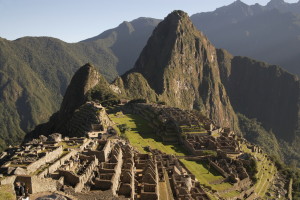In an earlier post, we learned about chronic inflammation, and how the consumption of grains specifically are causing a host of autoimmune diseases. Some 50 million Americans suffer from one of these disorders. Graves’ disease accounts for about 10 million people, psoriasis at 7.5 million, fibromyalgia at 5 million, rheumatoid arthritis at 1.3 million, Crohn’s disease at 700,000, and the list goes on. Chances are you or somebody dear to you is suffering from one of the many autoimmune conditions. At present, the drugs used to mitigate these symptoms come with their own host of side effects.
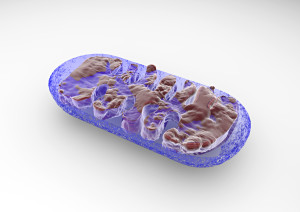 We also learned how the mitochondria, our power house, provides the energy needed for cellular processes, and the movement of our bodies. Through the oxidation of nutrients cellular energy is created. With this process, free radicals are released as a byproduct into our bodies which can have a deleterious affect on healthy cells, and the aging of our bodies. We know that the mitochondria regulate cell death (apoptosis); the toxins, in our environment, are negatively impacting our mitochondria, and their ability to properly perform.
We also learned how the mitochondria, our power house, provides the energy needed for cellular processes, and the movement of our bodies. Through the oxidation of nutrients cellular energy is created. With this process, free radicals are released as a byproduct into our bodies which can have a deleterious affect on healthy cells, and the aging of our bodies. We know that the mitochondria regulate cell death (apoptosis); the toxins, in our environment, are negatively impacting our mitochondria, and their ability to properly perform.
What if I told you there is a natural way to help relieve the body of chronic inflammation. Would you believe it?
Research studies are proving this statement to be correct. Geophysicists have long known that the Earth’s crust gives off free electrons, and the medical community has known that free radicals, in our bodies, carry a positive charge. White blood cells use free radicals in a beneficial way to eliminate viruses, bacteria, and other foreign invaders. But as we learned about autoimmune conditions, white blood cells have trouble distinguishing self from these invaders. They use free radicals to attack our healthy cells thus perpetuating inflammation.
So how can the Earth’s crust help? We evolved through direct contact to the Earth, so by periodically removing our shoes we can make that electrical  connection again. Shoes with their rubber soles insulate our bodies from receiving the beneficial uptake of free electrons. These free electrons would neutralize the positive charges carried by free radicals, bring our bodies back into balance; thus allowing us to heal. This may not be a remedy for all diseases, but there are some remarkable stories found in Earthing: The Most Important Health Discovery Ever by Clinton Ober, Stephen T. Sinatra, M.D., and Martin Zucker. Click here for a 22 minute video of how Mr. Ober came by this important discovery. Earthing (grounding) can be as simple as removing your shoes and walking on the grass or by sleeping on sheets that ground you to the Earth. Give grounding a try, and note your own health benefits. And even if you don’t have an autoimmune condition, you can join the countless athletes who have used these methods to improve recovery after a hard workout. We are electrical beings, and as our electronic equipment operates better through grounding, so do we.
connection again. Shoes with their rubber soles insulate our bodies from receiving the beneficial uptake of free electrons. These free electrons would neutralize the positive charges carried by free radicals, bring our bodies back into balance; thus allowing us to heal. This may not be a remedy for all diseases, but there are some remarkable stories found in Earthing: The Most Important Health Discovery Ever by Clinton Ober, Stephen T. Sinatra, M.D., and Martin Zucker. Click here for a 22 minute video of how Mr. Ober came by this important discovery. Earthing (grounding) can be as simple as removing your shoes and walking on the grass or by sleeping on sheets that ground you to the Earth. Give grounding a try, and note your own health benefits. And even if you don’t have an autoimmune condition, you can join the countless athletes who have used these methods to improve recovery after a hard workout. We are electrical beings, and as our electronic equipment operates better through grounding, so do we.
Although anecdotal, I will share my own experience with Earthing sheets in the weeks to come.
Click here to learn about my experience with the Earthing half-sheet.
Click here for post references.
Click here to return to post on Eight Habits.
Click here to return to Product Ideas.
For my next post, we will look at the benefits of meditation.
If you would like to share your comments about this post, then please contact me at myorigins@kenpledger.com or leave a comment below.
If you found the information helpful, please share with your friends and family.






